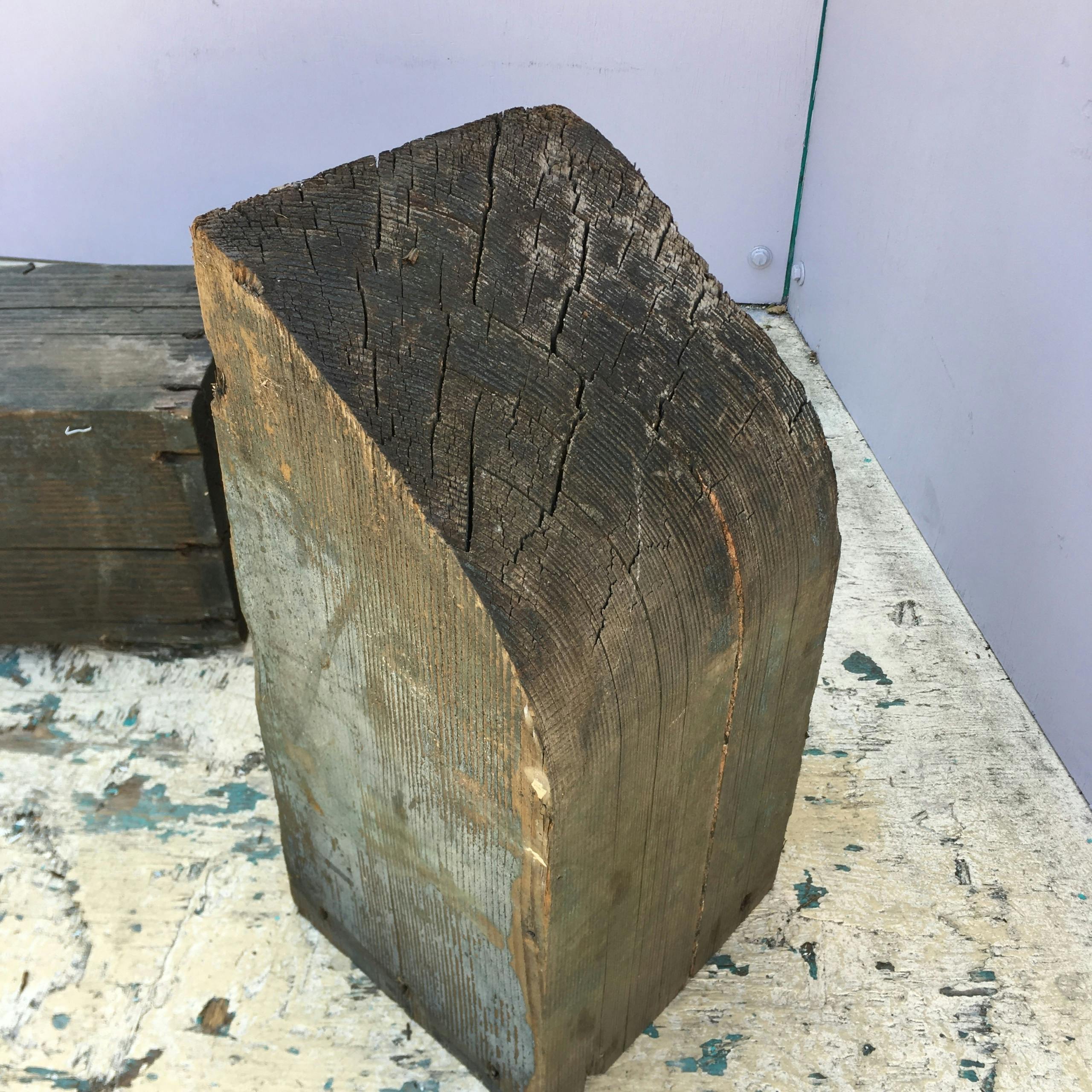Arabesque
Rayyane Tabet
ended 2079 days ago
Jan 23, 2020 to Apr 18, 2020
address
97 Kenmare Street, NY
opening reception
Thursday, January 23rd, 2020 / 6-9 pm
Program
In 2020, an improbable meeting takes place between a young American architect and an older French architectural historian over a century after they were both at the École des Beaux-Arts in Paris.
Julia Morgan (1872–1957) was the institution’s first female architecture student, and went on to become a prolific representative of the American Arts and Crafts movement in her home state of California. At a time when Modernism was coming into favor, her design for San Francisco’s Hearst Castle was grand and complex, utilizing decorative elements and mixing many architectural styles.
Jules Bourgoin (1838–1908) was a Paris-born professor who spent much time traveling across the Levant and North Africa. Bourgoin’s trips were intricately documented, and his keen interest in architectural detail and ornamentation was made visible through elaborate drawings that were incorporated into publications such as Les Arts arabes (“The Arab Arts”) and Les éléments de l'art arabe (“The Elements of Arab Art”).
It remains unknown the impact that Bourgoin’s work had on his students, and whether Morgan—who was a master in adopting different architectural styles—actually studied under him. Arabesque creates a fictionalized space for speculation, in which the work of Morgan and Bourgoin is juxtaposed to reflect upon notions of appropriation and context. In anchoring his explorations around these two figures, Tabet presents a new body of work that sits between historical truths, chance encounters, and the migration of ideas.
Artist
Rayyane Tabet lives and works in Beirut. Drawing from experience and self-directed research, Tabet explores stories that offer alternative understandings of major socio-political events through individual narratives.
Informed by his training in architecture and sculpture, Tabet’s work investigates paradoxes in the built environment and its history by way of installations that reconstitute the perception of physical and temporal distance. His most recent and upcoming solo shows include the Metropolitan Museum of Art in New York, Parasol Unit in London, Carré d'Art in Nîmes, Kunstverein in Hamburg, Witte de With Center for Contemporary Art in Rotterdam and daadgalerie in Berlin. His work was featured in Manifesta 12, the 21st Biennale of Sydney, the 15th Istanbul Biennial, the 32nd São Paulo Biennial, the 6th Marrakech Biennale, the 10th & 12th Sharjah Biennial, and the 2nd New Museum Triennial.






